Journalling for Well-Being

There are few tools I recommend as frequently as I recommend journaling, and I advocate the old school practice. Write with a pen, on paper. Whether I am working with corporate teams or individual coaching clients, I repeatedly urge them to, ” Write that sh*t down!” . Whether it is policy and procedures or the tenuous thread that may be the beginning of a piece of short fiction, get it onto the page. And, if possible, do it first by hand. In her New York Times article, The Benefits of Cursive Go Beyond Writing, Occupational Therapist Suzanne Baruch Asherson said, “Putting pen to paper stimulates the brain like nothing else, even in this age of e-mails, texts and tweets. Learning to write in cursive is shown to improve brain development in the areas of thinking, language and working memory. Cursive handwriting stimulates brain synapses and synchronicity between the left and right hemispheres, something absent from printing and typing.”
There are numerous benefits to embracing a daily journalling practice. Research tells us that on the health and wellness side journalling helps to:
- Manage anxiety
- Reduce stress
- Improve mood
- Channel emotions
- Improve immune function
- Sharpen memory
In terms of creativity and self-expression, journalling can support us to:
- Access creativity
- Clarify goals and priorities
- Express inner life
- Generate ideas and options
- Access unconscious or subconscious dreams and desires
- Increase self-awareness/knowledge
As well, journalling offers us a simple and effective way to deepen our own processes. One of my favourite writers (and writing teachers) Natalie Goldberg said, “Whether you’re keeping a journal or writing as a meditation, it’s the same thing. What’s important is that you’re having a relationship with your mind.” The relationship we have with ourselves is the one that drives and dictates the relationships we build with others and with the natural world we inhabit. We can learn, grow, expand, express and discover our deeper selves through the simple daily practice of putting pen to paper. In this short ten-minute video I serve up my best tips for journalling as a tool for wellbeing.
My best tips:
- Write and listen at the same time: An ongoing regular journaling practice will provide you with a lifetime supply of ideas, inspiration, insight and a way to focus if you use the page as a place to listen.
- Get to know your mind: Keeping a journal is a way of investigating the mind. Use it to explore and discover. Stay open to the unexpected.
- Get in the habit: Daily journaling is a way to practice regular mindfulness, increase personal awareness and get into the habit of discipline and focus. Write daily, and date your entries.
- Journal by hand: Writing is a physical act, connecting mind, body and spirit. Handwriting involves complex sensorimotor patterns that enhance motor memory, and it is rhythmical – connecting us to breathing and heartbeat.
- Keep it simple and soulful: Treat journaling as a simple daily spiritual or mindfulness practice. Use practical and easily accessible tools: a pen and a notebook. Trust the process.
Would love to know– do you journal? what’s your practice? Feel free to comment.



